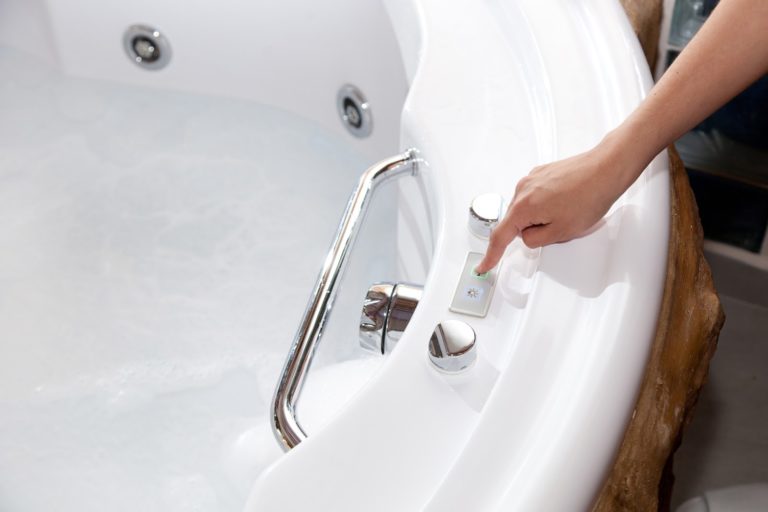Exploring at Home Hydrotherapy for ailing Seniors

A 19th-century Bavarian monk by the name of Father Sebastian Kneipp is widely known as the father of hydrotherapy as we know it. Father Kneipp developed the use of water submersion at various temperatures for healing purposes, and the practice has evolved into experiences we come to know as saunas, steam baths, foot baths, contrast therapy, hot and cold showers, and water therapy.
Hydrotherapy is a naturopathic treatment modality that many ancient cultures have utilized for thousands of years. And is the external or internal use of water in any of its forms (water, ice, or steam), which can be used to treat various infirmities.
Healing Benefits of Hydrotherapy
The medical benefits of hydrotherapy are endless. This therapy method is a highly effective treatment for seniors suffering from a litany of conditions and injuries such as chronic pain, arthritis, fibromyalgia, Parkinson’s disease, multiple sclerosis, and muscular dystrophy. Hydrotherapy is also an excellent tool for rehabbing sore muscles, whether from working out or injury-related discomfort, and water exercise supports weight loss.
Hydrotherapy utilizes both hot and cold water. Cold water causes surface blood vessels to constrict, which redirects blood flow into vital organs. Hot water causes superficial blood vessels to dilate, which stimulates sweat glands, and removes waste from the body. Alternating hot and cold water decreases inflammation and increases circulation and lymphatic drainage.
Ways Hydrotherapy Can be Done in the Home
Pool therapy is a common and accessible way to gain the benefits of hydrotherapy, but treatments can also easily be done in a homecare environment. Investing in a walk-in bathtub will help seniors with mobility issues transfer safely in and out of a tub.
Many walk-in tubs are equipped with built-in seating, steam features, and water jets. For homes with pools and tubs, spa lifts are a great assistive lifting devices to accommodate this type of homecare therapy.
Neutral temperature baths are tubs filled with water that is slightly cooler than room temperature. Soaking in water at this temperature helps to treat insomnia and general irritability.
Compresses, wraps, and warming socks are all hydrotherapy treatments that can be done at home. Compresses can be either cold or hot and can be made with towels dipped in water and placed on one area of the body, or with a hot water bottle. A wrap involves using wet sheets to wrap the entire body then covering up with dry towels or blankets. This type of wrap is perfect for muscle pain relief and skin disorders.
Warming socks are not what you might think, but this is a great way to improve circulation. To create a warming effect, cotton socks are dipped in water and worn to bed with wool socks over it. This creates a full-body warming effect that helps treat the common cold.
Steam treatments have multiple benefits that include improved cardiovascular health, increased circulation (which can help lower blood pressure), and improved skin health.
Contrast hydrotherapy can be done at the end of a shower or bath and is created by alternating between warm and cool water for 30 seconds, up to three cycles each. When doing contrast hydrotherapy, it’s important to always end all cycles with cool water.
Soaking in salt water helps to increase immune function, improves circulation, and hydrates skin. Salt also reduces inflammation in the body, relieves stress, and opens pores. At home saltwater baths can be done by simply adding your favorite bath salt to warm water and soaking in it.
Conclusion
In-home hydrotherapy benefits are enabling seniors to increase their quality of life through the healing power of water. This holistic method of self-care and treatment can be accompanied by herbs, scents, and oils that will only add to the experience that seniors have. These simple treatments can bring about significant relief and help to progress health initiatives in a tangible way.

